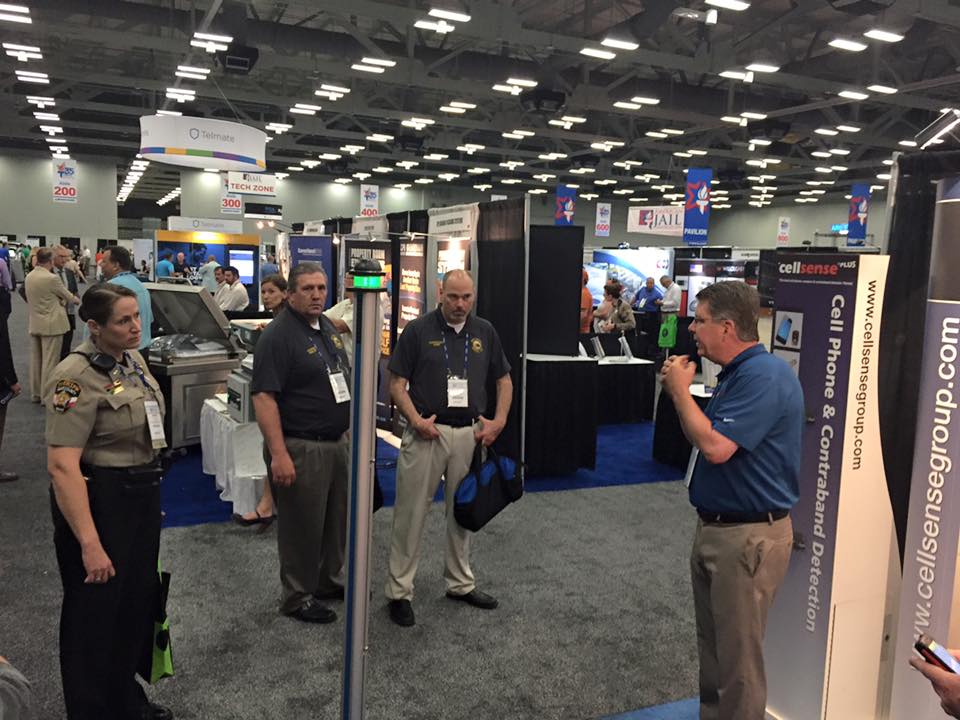After high-profile corruption cases, Maryland corrections officials sought to bring in some reinforcements to keep contraband from getting smuggled into jails.
According to the Baltimore Sun, the help came in the form of higher-powered metal detectors. Called CellSense, the detectors can pick up on cell phones and other items.
“From razors hidden under the tongue to needles hidden in a mattress, this new detection system is more sensitive, faster, and safer than previous technologies,” a Maryland Department of Public Safety and Correctional Service notice states.
The detectors, which are made by United Kingdom–based Metrasens can also be moved around a prison to test inmates where they are.
The state decided to spend $1.8 million on 163 detectors for each of the 24 state prisons after revelations at Eastern Correctional Institution on the Eastern Shore last year and in Baltimore’s city jail in 2013 that drugs were being smuggled into jails.
Join our growing Slack community
Join 5,000 tech professionals and entrepreneurs in our community Slack today!
Donate to the Journalism Fund
Your support powers our independent journalism. Unlike most business-media outlets, we don’t have a paywall. Instead, we count on your personal and organizational contributions.

These 10 regions could be most impacted by federal return-to-office mandates

Tech-related orders and economic reorganizations hit Maryland. Here’s what they mean.

From Belgaum to Baltimore and beyond, this founder leaned on family to build a biotech juggernaut


